Dai Fujiwara: The Road of My Cyber Physical Hands
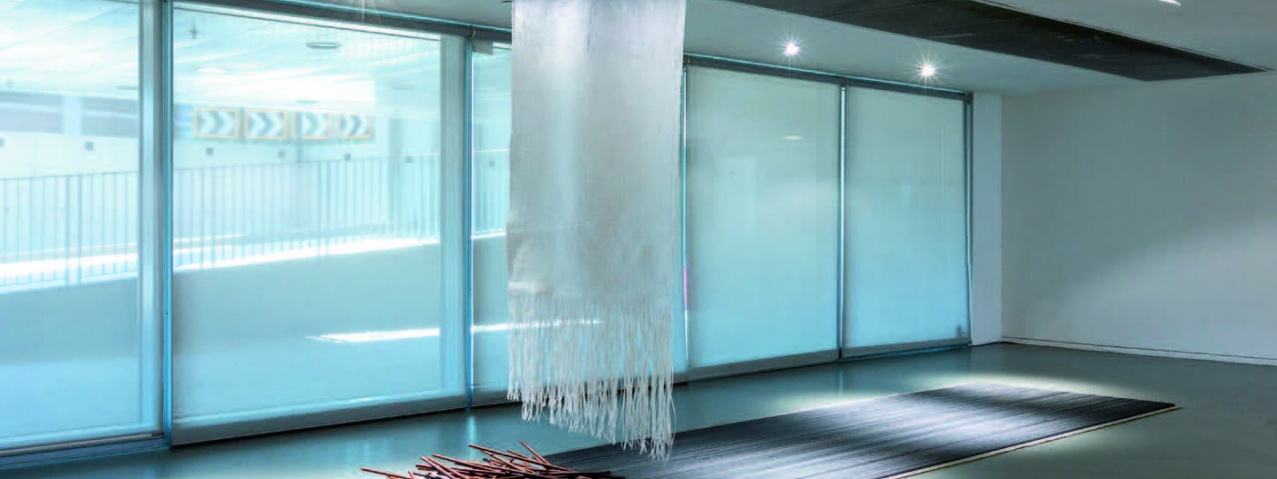
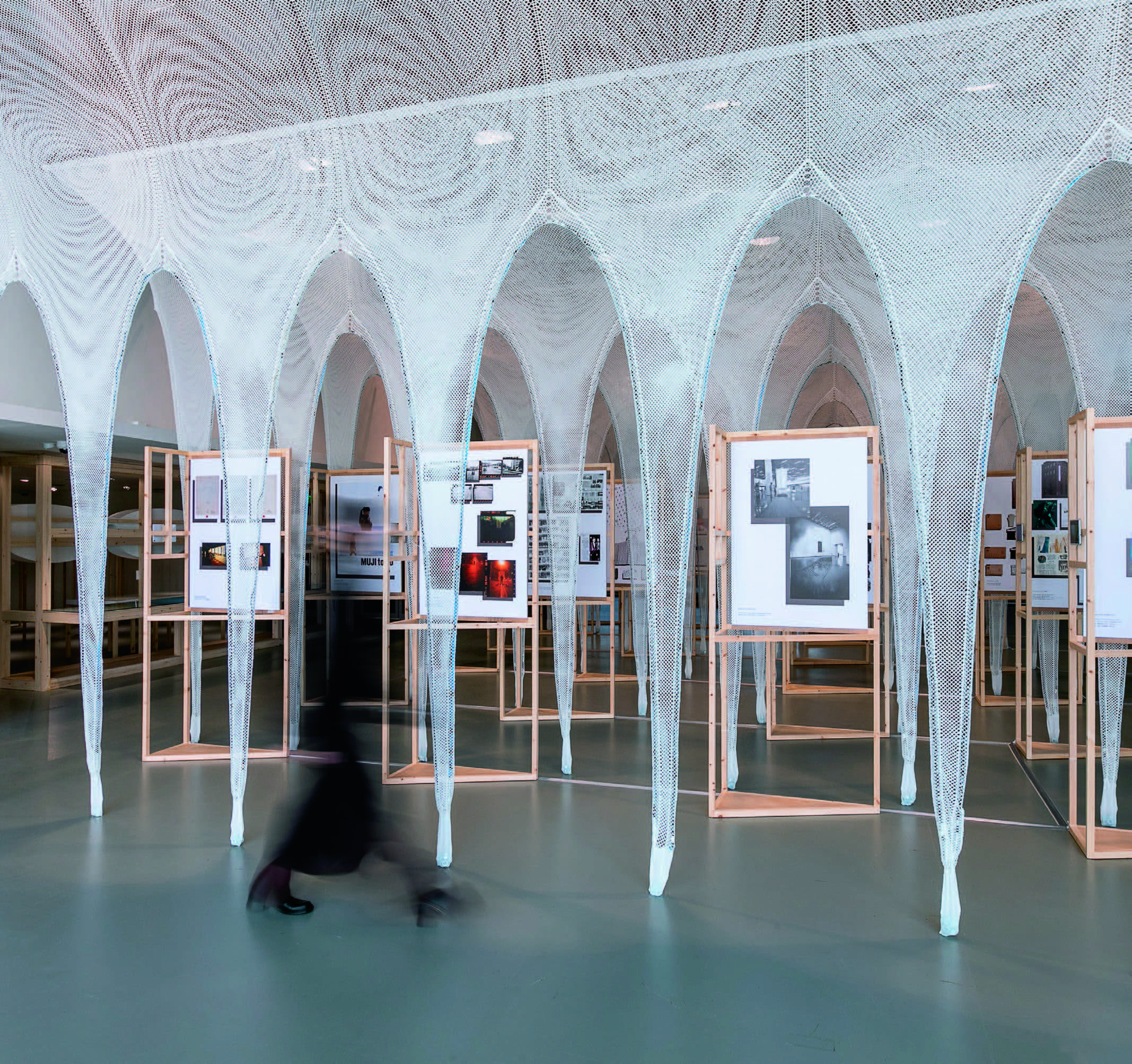
|
The Hong Kong Design Institute (HKDI) and Hong Kong Institute of Vocational Education (IVE) (Lee Wai Lee) present designer Dai Fujiwara's first solo exhibition in Hong Kong. Titled "Dai Fujiwara The Road of My Cyber Physical Hands", the exhibition brings visitors on a journey into the renowned Japanese designer's decades-long creative career. A Tama Art graduate, former vice president of the Miyake Design Studio, and recently served as director of the MUJI to GO project, Fujiwara's work continues to transcend creative borders. From textiles to product design, his highly impressive body of work comprises innovative multidisciplinary projects for prominent international brands, as well as for various educational organisations and communities. The exhibition includes three distinctive sections, with a total of 34 exhibited pieces and multimedia elements, all drawn from Fujiwara's dynamic projects in a wide range of genres over the years. The first area of the exhibition puts 24 of Fujiwara's past and recent works together, forming a conversation between the present and the future. It allows visitors to view the designer's earliest works as a student and his most recent, never-before-seen creations side by side. Also on view in this section are some of Fujiwara's most iconic works, including "Poincaré Odyssey". The second section of the exhibition focuses on Fujiwara's exquisite design methods and unique perspectives. It captures Fujiwara's creative journey through different realms, from nature and technology, to design, art, community and society. Here, visitors find the designer's "colour-hunting" projects, where design adopts colours derived from real life scenarios found in nature and cities. The exhibition includes "Skin Color Glasses" and "Baby Skin Earphones", in which the designer created eyeglasses and earphones with colours sampled from adults' and babies' skin colours. "Enoshima Electric Railways, Information Train" presents a moving installation illustrating how colours hunted from coutless leaves in Enoshima came together and were made into a stripe pattern of 17 colours worn by the local tram.
|
Others

Latest News | 16 July 2021
2nd Hong Kong Denim Festival

Latest News | 16 July 2021
Rethinking the Everyday: Food Non Food

Latest News | 16 July 2021
Food + Imagination = A Recipe For Change
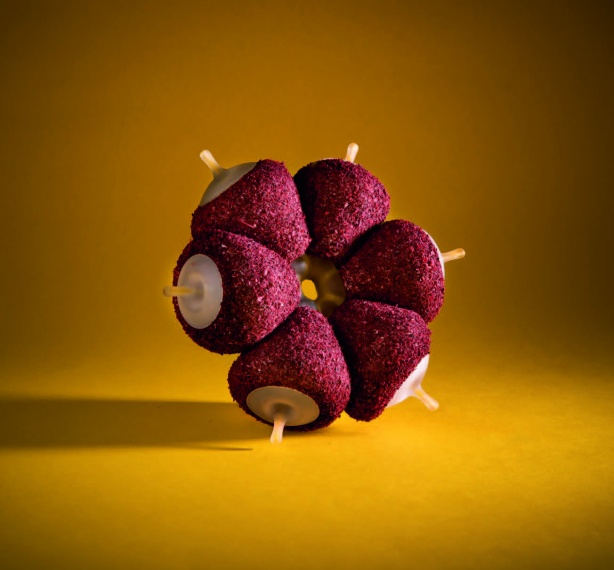
Latest News | 16 July 2021
Future Fruit Inspired by the Original

Latest News | 16 July 2021
The Peel-to-Cup Orange Juice Bar
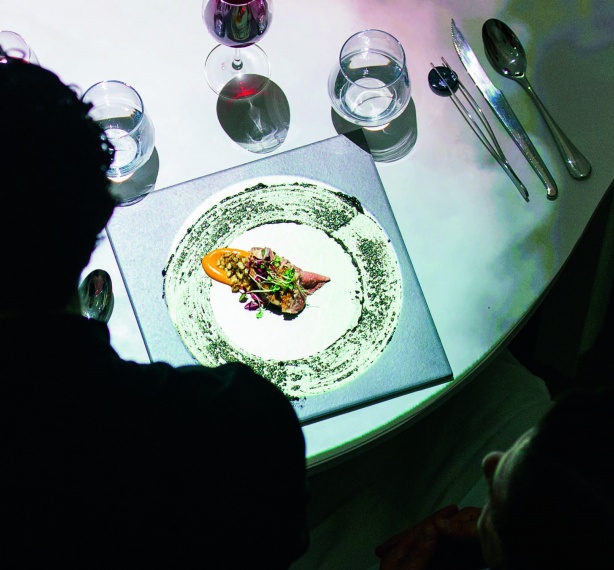
Latest News | 16 July 2021
The Multi - Sensory Language of Life
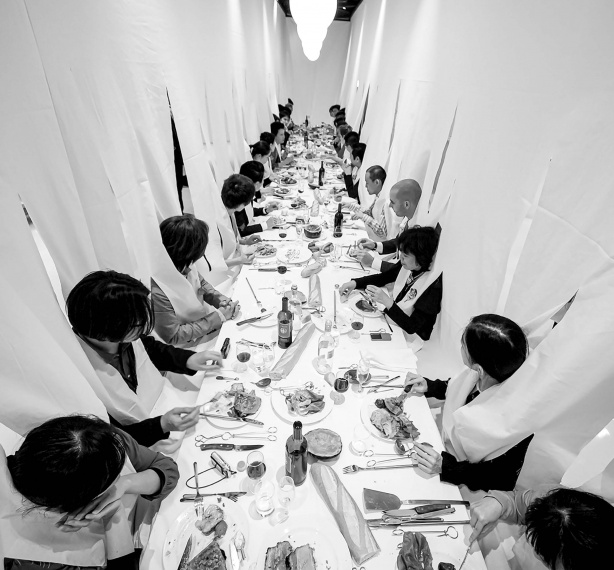
Latest News | 16 July 2021
Re-thinking Food's Future
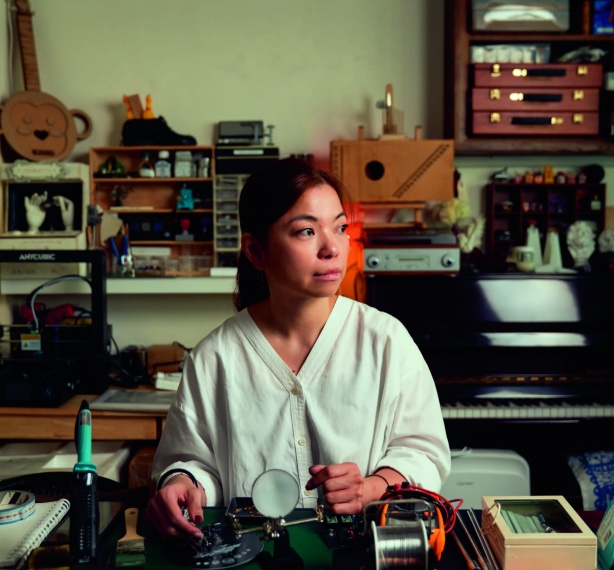
Latest News | 16 July 2021
The Moon is Leaving Us: A Scientific Exploration of the Arts
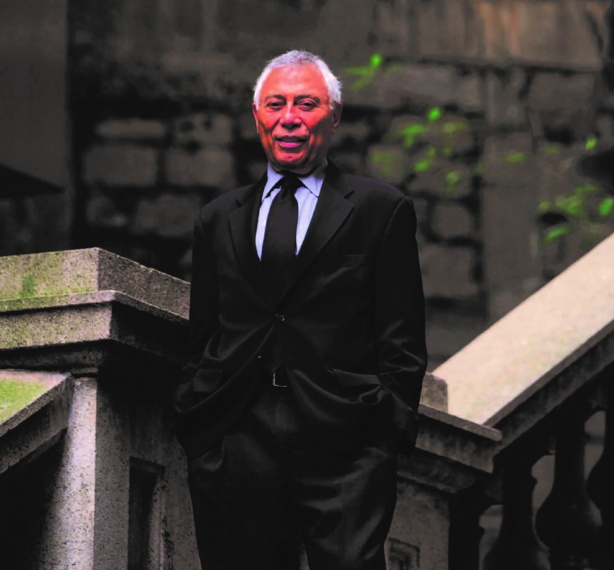
Latest News | 16 July 2021
Look: The Graphic Language of Henry Steiner
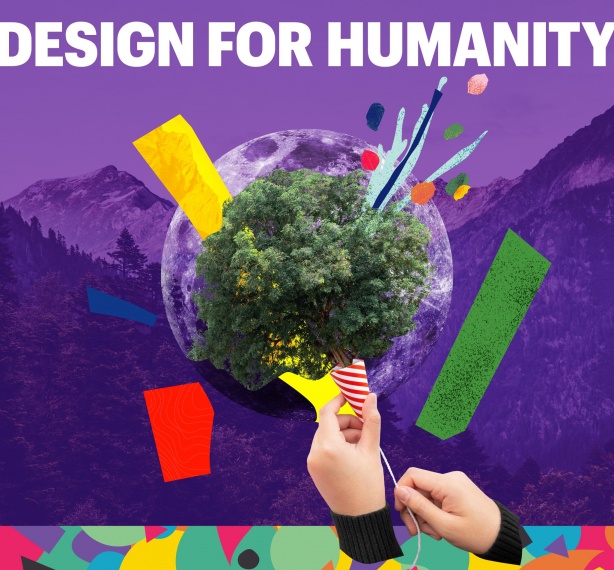
Latest News | 16 July 2021
Emerging Design Talents 2021 : DESIGN FOR HUMANITY
